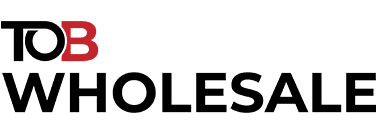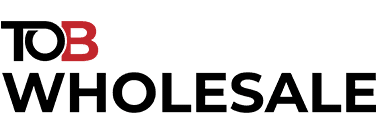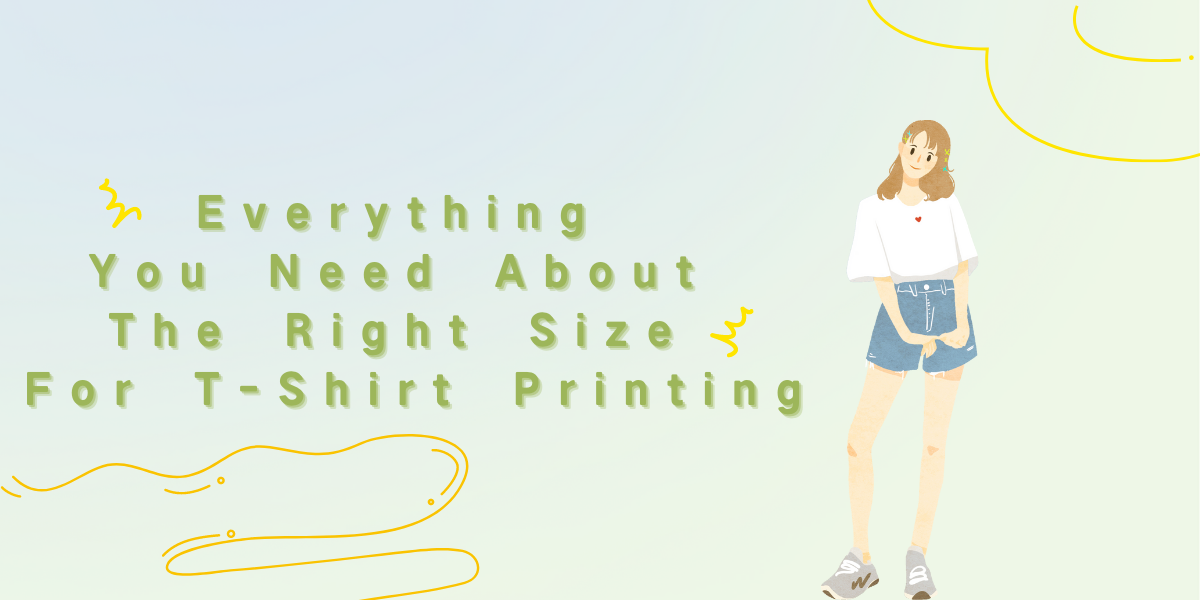Have you ever tried T-shirt printing? Individuals and businesses can create custom designs for T-shirts to reflect their unique style or brand. When printing shirts, it is important to ensure that the right size for T-shirt printing is appropriate to match the shirt. This article will tell you the appropriate size for T-shirt printing, as well as the best places to print on the shirt. Check out TOB wholesale clothing distributors, a high-quality T-shirt supplier, where you can find a variety of T-shirt printing styles that will bring you surprises.
什么是 T 恤印花?
T-shirt printing is a popular method for creating custom clothing, promotional items, and merchandise for businesses, events, and organizations. It involves transferring a design, image, or text onto a T-shirt using various printing methods such as screen printing, heat transfer printing, direct-to-garment printing, and dye-sublimation printing. Compare digital printing to screen printing: screen printing is the most common method, which involves creating a design template on a mesh screen, applying ink onto the screen, and pressing it onto the T-shirt. Direct-to-garment printing is a digital printing process where specialized printers directly print ink onto the fabric of the T-shirt.
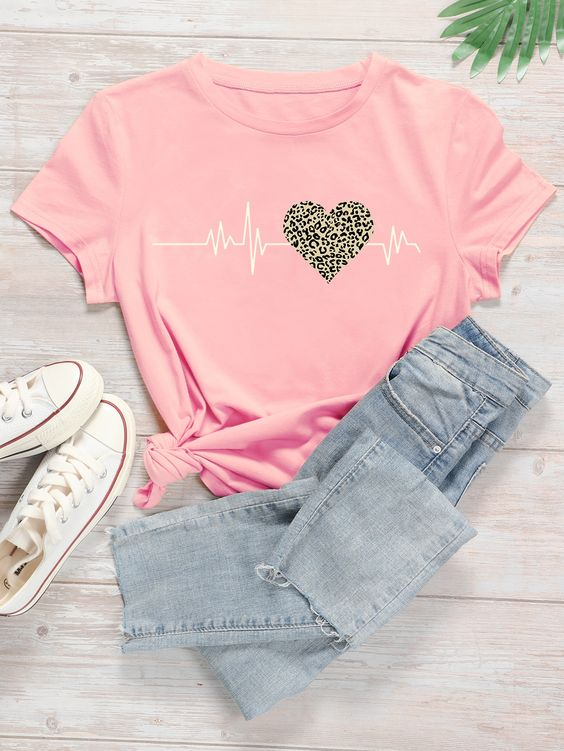
How To Choose The Right Size For T-Shirt Printing?
Choosing the right size for printing on a T-shirt is an important aspect to ensure that your T-shirt looks good on the wearer. Here are some steps to help you choose the right size:
- Determine your target audience
Consider who your T-shirt is intended for. If it’s for a specific event or group, you may want to consider the demographics of that group, such as age, gender, and body type, to ensure that the T-shirt design appeals to them.
- Use a size chart
Most T-shirt manufacturers provide a size chart that displays measurements for each size. These charts typically include measurements for the chest, waist, and hips. Take note of these measurements and compare them to the body measurements of your target audience.
- Consider the fit
T-shirts can come in different fits, such as regular fit, slim fit, and loose fit. Think about your design style and what type of fit would complement it best. For example, if your design is more casual, a loose-fitting shirt might be the most suitable.
- Consider the material
The material of the T-shirt can also affect the fit. Some materials, such as cotton, may shrink after washing, so this must be taken into consideration when choosing a size.
- Get samples
If possible, order T-shirt samples in different sizes so you can see how they fit. This can help you make a more informed decision about the best size for your design.
- Offer size options
If you’re not sure of the exact size to choose, consider offering different size options to your customers. This can help accommodate a wider range of body types and ensure that everyone can find a comfortable size.
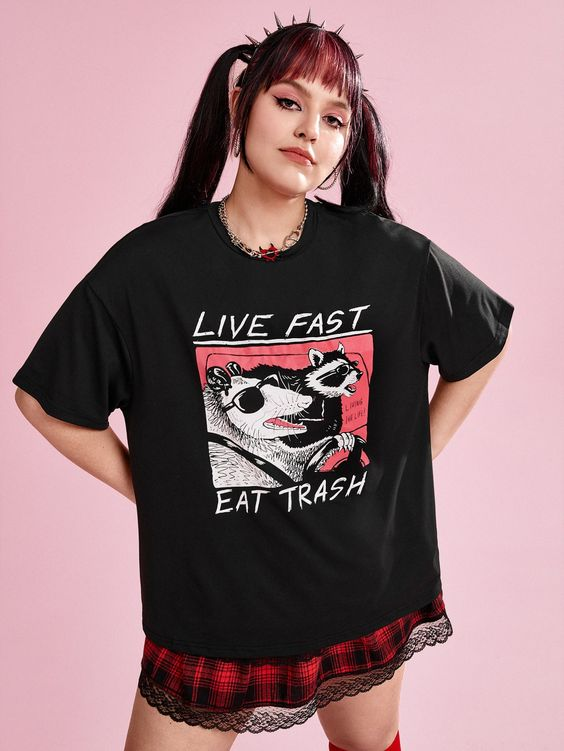
Where Can You Print On A T-Shirt?
There are several areas on a T-shirt where designs or graphics can be printed. Some of the most common areas include:
- Left chest
You can print a design on the left chest area, which is usually 3 to 4 inches wide. It’s suitable for formal occasions.
- Front chest
Another popular placement option is the front chest, which can be 6-10 inches wide and 6-8 inches tall. It can be used for casual and corporate purposes.
- Front
This is the most common area for printing designs or logos. The standard size is 11″ x 11″ (or 11″ wide multiplied by the corresponding height). It’s the largest area on the shirt, providing a great canvas for your artwork.
- Back
The back of the shirt is another common area used for printing designs or text. This area is the ideal choice for large designs or text that require more space. It’s more suitable for casual wear.
- Collar
The collar of a T-shirt can also be printed. This area is the ideal choice for small logos or text. It’s usually only used for branding purposes.
- Upper back
This location is suitable for both casual and corporate styles and is often used to identify employees or volunteers. It’s usually 10 to 12 inches wide.
- Sleeves
T-shirt sleeves are typically used for printing smaller designs or logos. This area is especially popular with sports teams or companies that want to showcase their brand.
If a T-shirt has a pocket, this area can also be printed on. It’s a good option for adding a small logo or design.
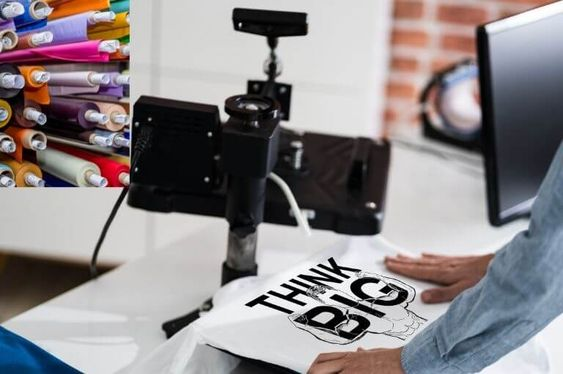
Conclusion
In summary, when printing T-shirts, you should consider the proportion of the design to the shirt, as well as the placement of the design on the shirt to ensure its appearance and readability. This is important for the final product you purchase. If you are unsure of the ideal size for your design, you can work with a graphic designer or T-shirt printer to determine the best size for your project. TOB Wholesale is the best t-shirt printing manufacturer that produces high-quality products at ideal prices. You can visit their website for more information.
FAQs
What size should I make my Tshirt design?
The size of your T-shirt design will depend on several factors, such as the location of the design on the shirt, the desired visibility, and the resolution of the artwork.
As a general guideline, most T-shirt designs are typically between 8 to 12 inches wide and 10 to 14 inches tall, with the center of the design placed about 3 to 6 inches below the neckline.
If you are designing for a specific size of T-shirt, it’s important to consider how the design will scale to other sizes. For example, if the design you create is too large for small-sized T-shirts, it may appear distorted when printed on larger-sized T-shirts. It’s also important to ensure that your design is high-resolution so that it appears clear and sharp when printed on a shirt.
What is the best ratio for Tshirt design?
The “optimal” proportion for T-shirt design depends on many factors, including the size of the T-shirt itself, the style and aesthetics of the design, and the preferences of the designer or client. Many decorating companies follow a 1-2-2-1 ratio (S:M:L:XL). Additionally, a common suggestion is to use a design size of around 12 inches by 16 inches, which can accommodate most T-shirt sizes and ensure that the design is large enough to be visible and impactful. In terms of actual design proportions, a common approach is to use a 3:4 or 4:5 ratio, which can help ensure design balance and visual appeal.
What is the most popular T-shirt size?
In the United States, the most commonly sold T-shirt size for adult men is large (L), accounting for approximately 30% of shirt sales. Medium size accounts for 28%, followed closely by small size and extra-large size at 20% each. The percentages for extra small and extra large sizes are much lower. For adult women, the most common size is medium (M). This is according to a survey conducted by Fitbay’s sizing and fit experts. Please note that this may vary by region, brand, and style of T-shirt.
